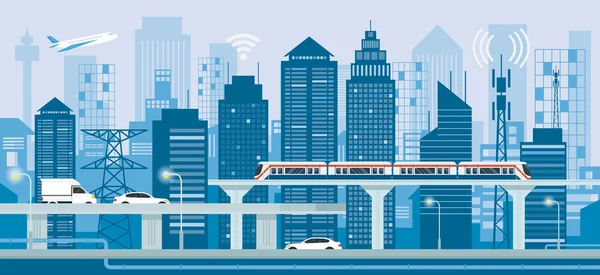In an increasingly interconnected world, the choice of transportation mode can significantly impact both individual budgets and broader economic landscapes. As businesses and consumers alike seek to optimize their logistics and travel expenses, one question frequently arises: Which is typically the least expensive transportation mode? This inquiry not only encompasses direct costs but also considers factors such as efficiency, environmental impact, and the nature of goods or services being transported.
Understanding Transportation Modes
Transportation can be broadly categorized into several modes: road, rail, air, and maritime. Each mode has its unique advantages and disadvantages, which can influence overall costs.
- Road Transportation:
- Cost Structure: Road transport is often associated with lower initial costs, especially for short distances. However, expenses can escalate due to fuel prices, tolls, and maintenance.
- Flexibility: It offers unparalleled flexibility, allowing for door-to-door service, which can reduce handling costs.
- Limitations: Traffic congestion and regulatory restrictions can lead to delays and increased costs.
- Rail Transportation:
- Economies of Scale: Rail transport is typically more cost-effective for bulk goods over long distances. The fixed costs of rail infrastructure can be offset by high-volume shipments.
- Environmental Impact: Trains are more fuel-efficient than trucks, making them a greener option.
- Challenges: Limited accessibility to certain locations and the need for intermodal transfers can add to overall costs.
- Air Transportation:
- Speed vs. Cost: Air transport is the fastest mode, ideal for perishable goods or time-sensitive deliveries. However, it is also the most expensive.
- Cost Factors: High fuel costs, airport fees, and security charges contribute to the overall expense.
- Market Trends: The rise of e-commerce has increased demand for air freight, but cost remains a significant barrier for many businesses.
- Maritime Transportation:
- Bulk Shipping: For international trade, maritime transport is often the least expensive option for large volumes of goods. Container shipping has revolutionized global trade by reducing costs per unit.
- Time Considerations: While cost-effective, maritime transport is slower than other modes, which can affect inventory management and delivery schedules.
- Environmental Considerations: Shipping has a lower carbon footprint per ton-mile compared to road and air transport, making it a more sustainable choice.
Comparative Analysis: Cost-Effectiveness
When evaluating which transportation mode is typically the least expensive, several factors must be considered:
- Distance: For short distances, road transport may be the least expensive due to lower fixed costs. However, for long distances, rail or maritime transport can offer significant savings.
- Volume: Bulk shipments favor rail and maritime transport, which can drastically reduce costs per unit.
- Nature of Goods: Perishable or high-value items may necessitate air transport despite its higher costs, while durable goods can benefit from the lower rates of rail or maritime options.
Conclusion: The Verdict on Cost-Effectiveness
In conclusion, while there is no one-size-fits-all answer to the question of which transportation mode is typically the least expensive, a nuanced understanding reveals that maritime transport often emerges as the most cost-effective option for bulk goods over long distances. For shorter distances or smaller shipments, road transport may provide the best balance of cost and flexibility.

